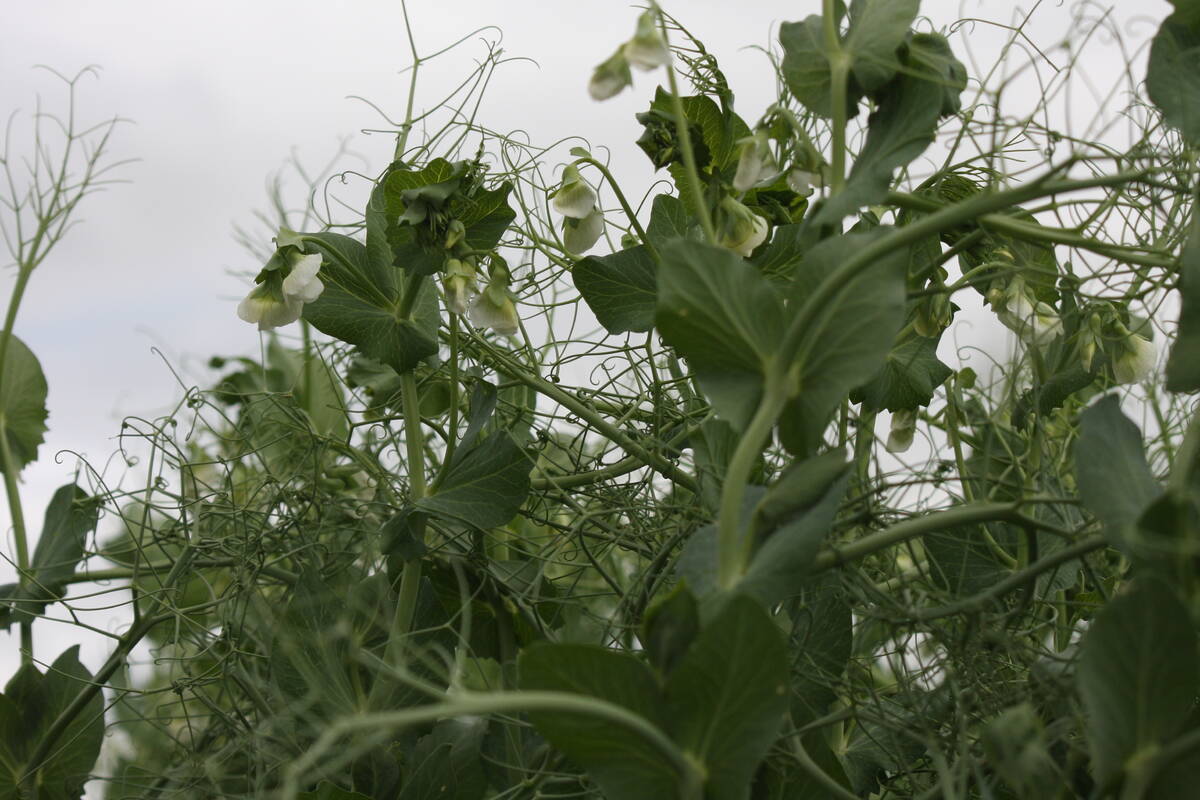Cheaper feed The canola association seeks non-traditional buyers looking for a substitute to costly soybean meal
When’s the best time for canola growers and marketers to promote the heck out of canola meal?
How about right now?
Some canola market observers think the U.S. Midwest drought is the perfect opportunity to make feed buyers and formulators take canola meal seriously, after ignoring it for years.
“I think this is a great opportunity for canola meal to be used by non-traditional users,” said Rick White, general manager of the Canadian Canola Growers Association.
“Given the shortage of other feedgrains, canola meal might be able to get some attention.”
Read Also

High pea yields shock farmers
There is going to be a massive pea carryout at the end of this crop year.
The main force driving U.S. soybean futures prices higher than $17 per bushel has been the value of soybean meal. The devastation of U.S. corn and soybean crops by severe drought means livestock feeders in the U.S. are short of corn and soybean meal, which are the basis for hog feeds and for cattle rations.
Canola has struggled to keep up with the soaring price of soybeans, disappointing thousands of prairie farmers who feel left behind. Part of the story is the big Canadian canola crop, which escaped the drought and is now plentiful.
Canola oil isn’t scarce, even if demand is strong, and oceans of palm oil are filling the world vegetable oil markets with confidence that supplies are ample.
The real reason for canola’s lagging performance is its failure to grab onto the gains of soybean meal. Since the beginning of June, soybeans have risen 30 percent, but canola has increased only 15 percent.
Soy oil has risen 10 percent and soybean meal has risen 45 percent.
Canola can’t be expected to keep up with soybean meal prices dollar for dollar because soybeans are a far more mealy product. Eighty percent of the weight of the soybean is meal, while only 55 percent of the canola seed is meal. The bulk of canola’s value comes from its oil.
However, canola meal is also heavily discounted versus soybean meal because it has a lower feed value. It is a premium feed only to dairy cattle and some poultry. For other livestock, it’s generally seen as a second-rate feed component.
However, canola marketers argue that it has more feeding value than many feeders and manufacturers think and suffers from a bias of being seen as just a dairy feed.
Now that soybean meal supplies are critically low, people might be more open to considering blending canola meal into non-traditional rations.
“Whenever there’s a cheaper substitute for a high-priced staple, like soybeans, it’ll help your efforts,” said Greg Kostal of Kostal Ag Consulting.
Many buyers who have never bought canola meal could try it out this year and could stick with it if they like what they see.
However, Kostal thinks canola meal will remain a dairy-heavy feed because many buyers will quickly switch back to soybean meal when it becomes more available.
“This year might be more of a sugar rush type scenario,” said Kostal.















